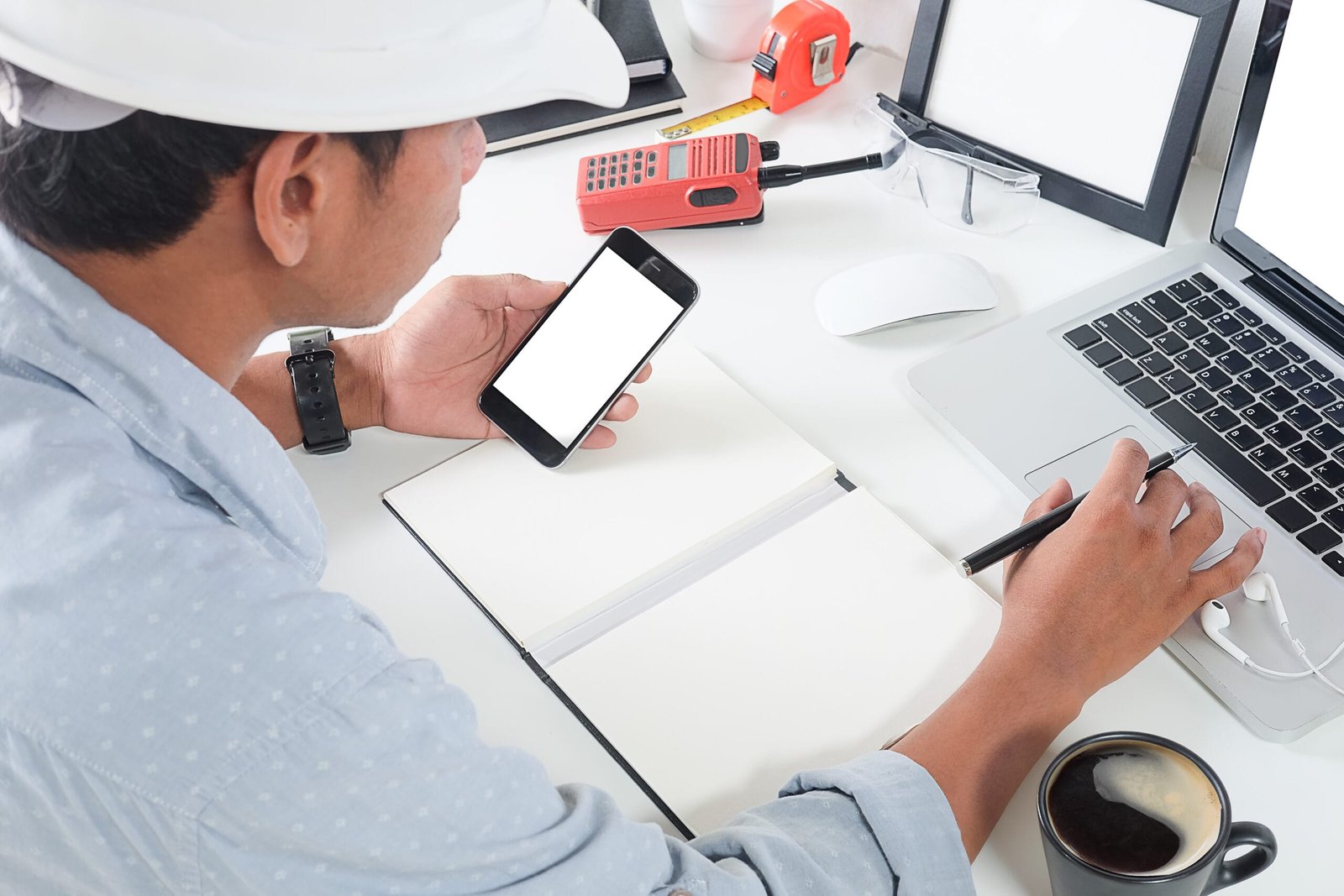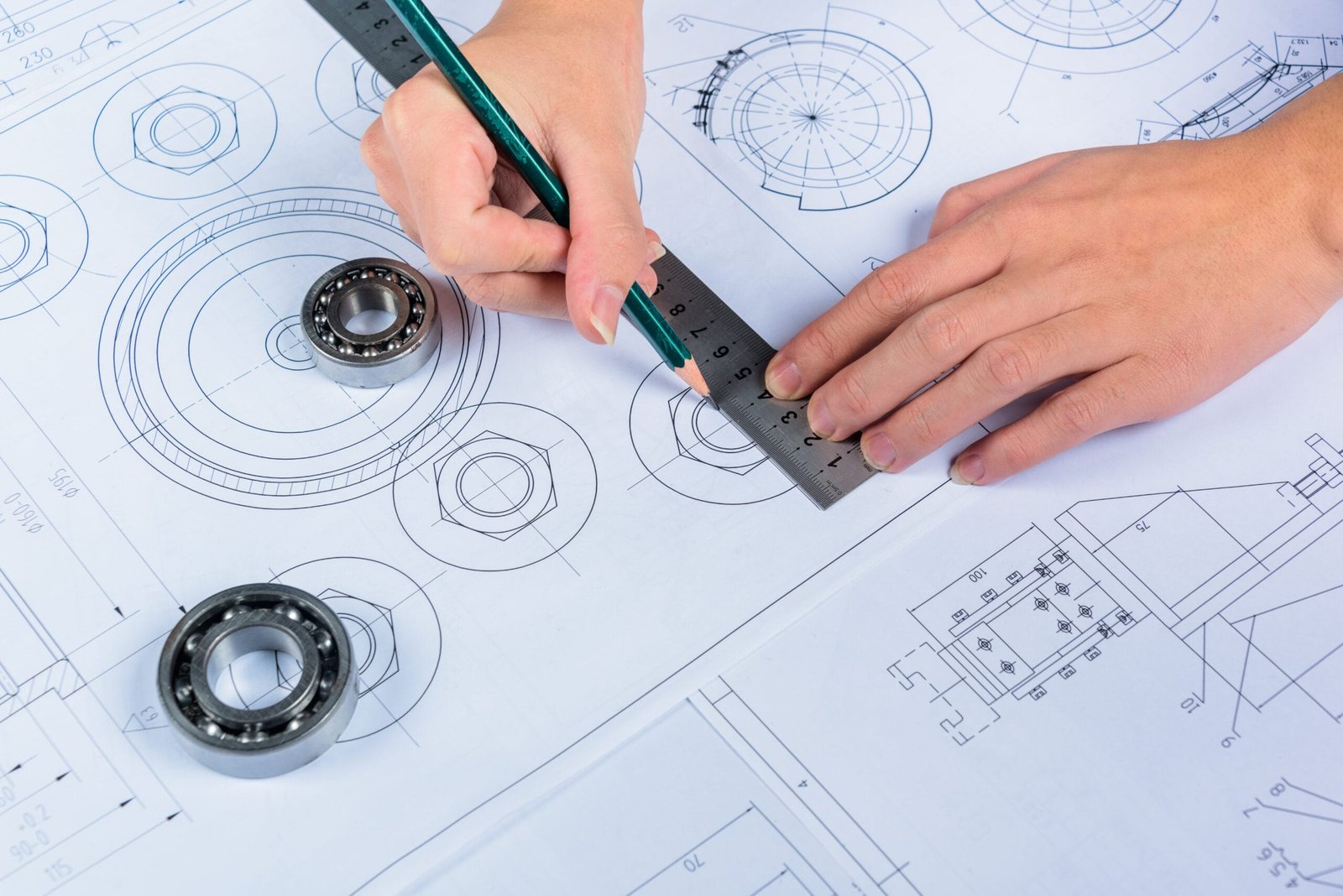In the dynamic world of design, sustainability is more than just a buzzword; it’s a necessity. Design HOK, a leader in design innovation, has embraced Sustainable 3D Modeling for Design HOKas a game-changing tool. By integrating environmental consciousness into their modeling processes, they aim to revolutionize how projects are visualized, designed, and executed.
What is Sustainable 3D Modeling for Design HOK?
Sustainable 3D Modeling for Design HOK merges advanced modeling techniques with eco-friendly practices. It focuses on minimizing material waste, optimizing energy efficiency, and encouraging resource-conscious designs. This approach allows designers to create virtual prototypes that reduce the environmental impact of physical development stages.

The Role of Sustainable 3D Modeling for Design HOK
Sustainable 3D Modeling for Design HOK transforms ideas into tangible, visual concepts, offering the precision needed for sustainable solutions. For Design HOK, sustainable 3D modeling ensures projects are eco-efficient from the conceptual stage to implementation. Key benefits include:
- Accurate Resource Estimation: Avoiding overuse of materials by planning with precision.
- Energy Simulation: Assessing energy consumption and carbon footprints in design phases.
- Lifecycle Analysis: Predicting a design’s environmental impact over time.
How Incorporates Sustainable 3D Modeling for Design HOK
Design HOK employs state-of-the-art software to ensure its designs prioritize sustainability. Here’s how they lead the charge:
1. Eco-Friendly Material Selection
Sustainable 3D Modeling for Design HOK tools allow designers to simulate designs using green materials. By integrating these elements early in the design process, Design HOK minimizes reliance on non-recyclable or harmful substances.
2. Energy-Efficient Design
Using simulations, the team optimizes layouts and structures to ensure natural light and ventilation are maximized, reducing dependency on artificial systems.
3. Waste Reduction Techniques
Precise modeling eliminates unnecessary iterations and material wastage, saving costs and resources.

Benefits of Sustainable 3D Modeling for Design HOK for Clients
1. Cost-Effectiveness
Reducing resource waste and energy consumption translates into significant cost savings for clients.
2. Enhanced Design Precision
3D modeling delivers detailed renderings, allowing clients to visualize eco-conscious design choices before construction.
3. Long-Term Impact
Sustainable designs ensure buildings remain energy-efficient and environmentally friendly throughout their lifecycle.
Innovative Tools and Software for Sustainable 3D Modeling for Design HOK
Design HOK utilizes industry-leading software such as:
- Revit: For energy modeling and green architecture.
- SketchUp: Incorporates real-world environmental data to optimize designs.
- AutoCAD: Ensures precise measurements to reduce material wastage.
Case Studies: Design HOK’s Sustainable Success Stories
1. Green Office Complex
Design HOK created a 3D model of an office space with energy-efficient lighting and ventilation systems, reducing energy costs by 30%.
2. Eco-Friendly Residential Development
A housing project modeled to include sustainable materials and solar panels helped lower carbon emissions by 25%.
Challenges in Sustainable 3D Modeling for Design HOK
While revolutionary, sustainable 3D modeling comes with challenges:
- High Initial Costs: Advanced software and skilled professionals require significant investment.
- Learning Curve: Designers must stay updated with emerging technologies and methodologies.
Future of Sustainable 3D Modeling at Design HOK
The future of Sustainable 3D Modeling for Design HOK is bright, with innovations like AI integration, VR, and cloud computing pushing boundaries. Design HOK is committed to leveraging these advancements to craft designs that are not only visually stunning but also eco-responsible.
Conclusion
Sustainable 3D modeling at Design HOK is more than a service—it’s a commitment to a greener future. By blending innovation with responsibility, they ensure that their designs benefit both their clients and the planet. As sustainability becomes a cornerstone of modern design, 3D modeling stands out as an indispensable tool for shaping eco-friendly structures.
FAQs
1. What makes 3D modeling sustainable?
Sustainable 3D modeling reduces waste, optimizes resource usage, and incorporates eco-friendly materials and energy-efficient designs.
2. How does Design HOK ensure sustainable practices in 3D modeling?
Design HOK uses advanced software to simulate, plan, and execute designs that minimize environmental impact while maximizing efficiency.
3. Is sustainable 3D modeling cost-effective for clients?
Yes, it reduces material waste, energy consumption, and long-term operational costs, making it a smart investment.
4. What industries can benefit from sustainable 3D modeling?
Industries such as construction, manufacturing, and urban planning can significantly benefit from sustainable 3D modeling practices.
5. How does sustainable 3D modeling contribute to environmental conservation?
By minimizing waste, reducing energy consumption, and incorporating renewable resources, sustainable 3D modeling supports eco-friendly development.





